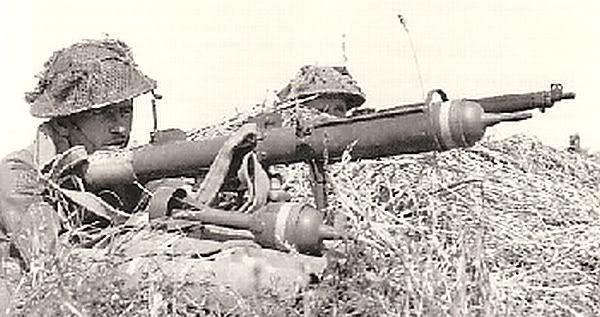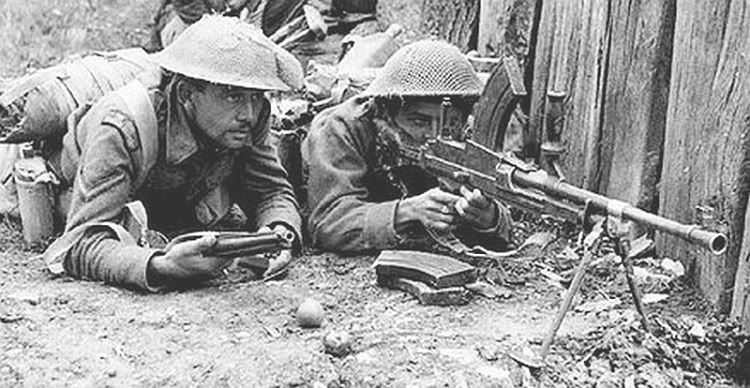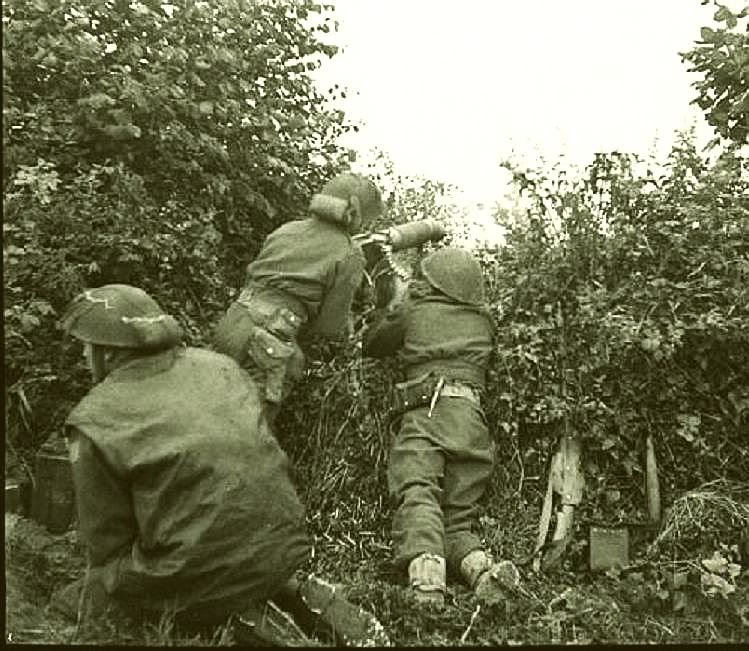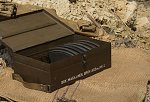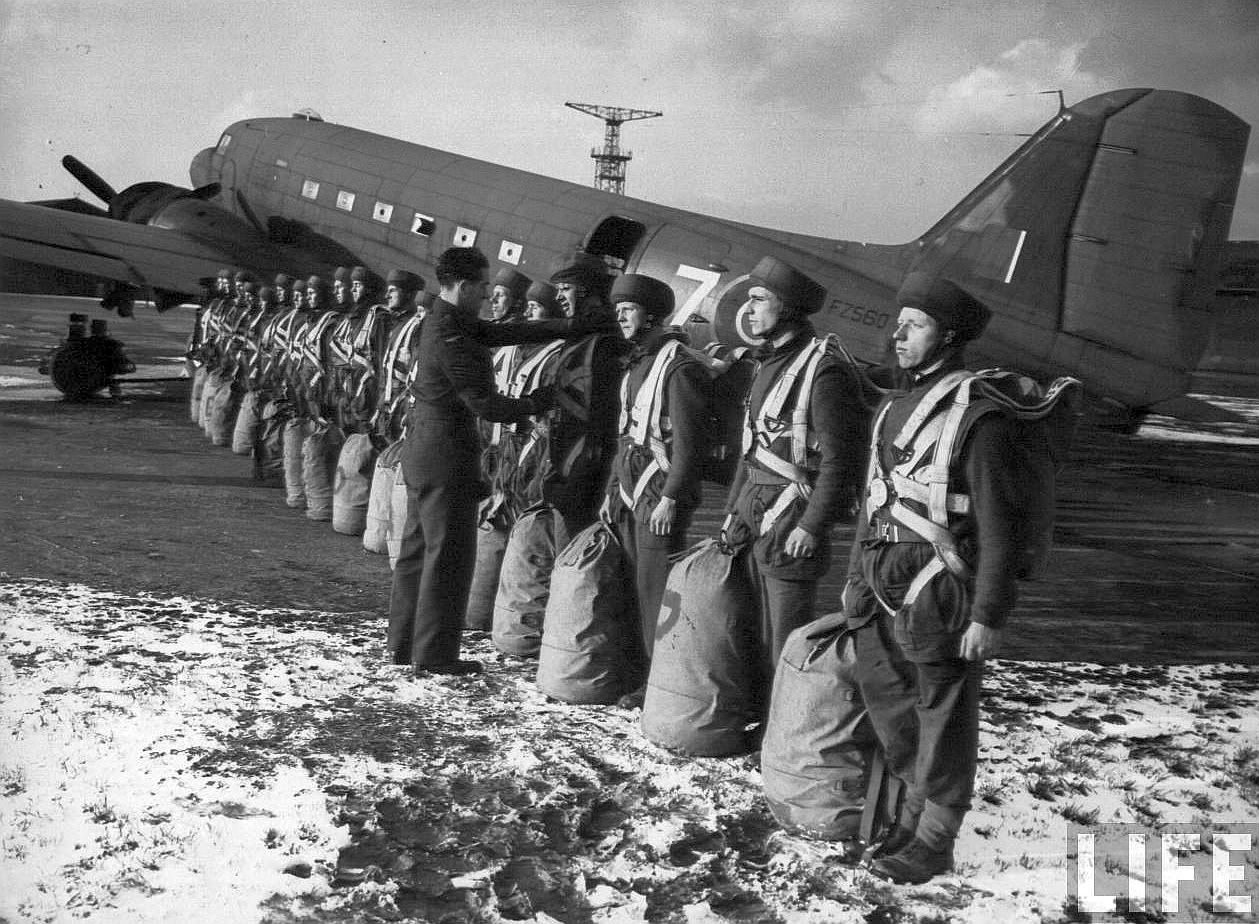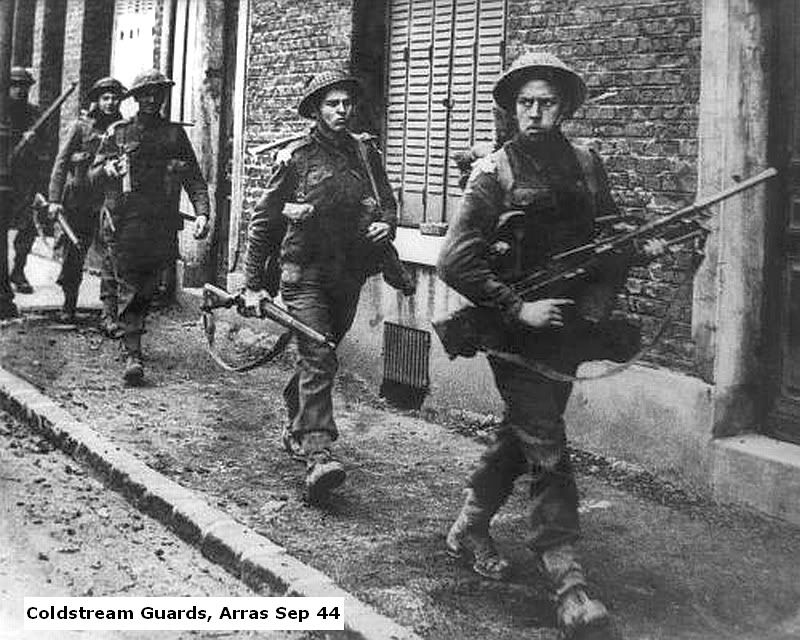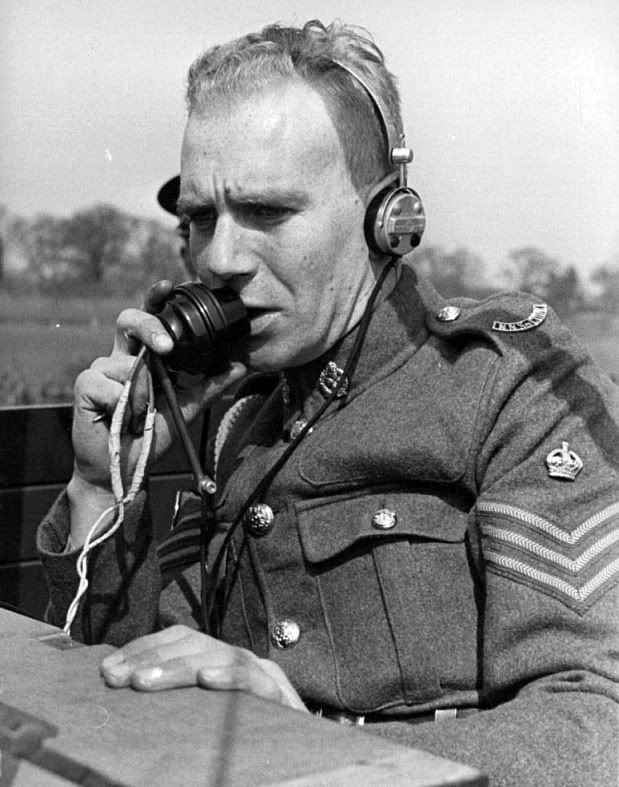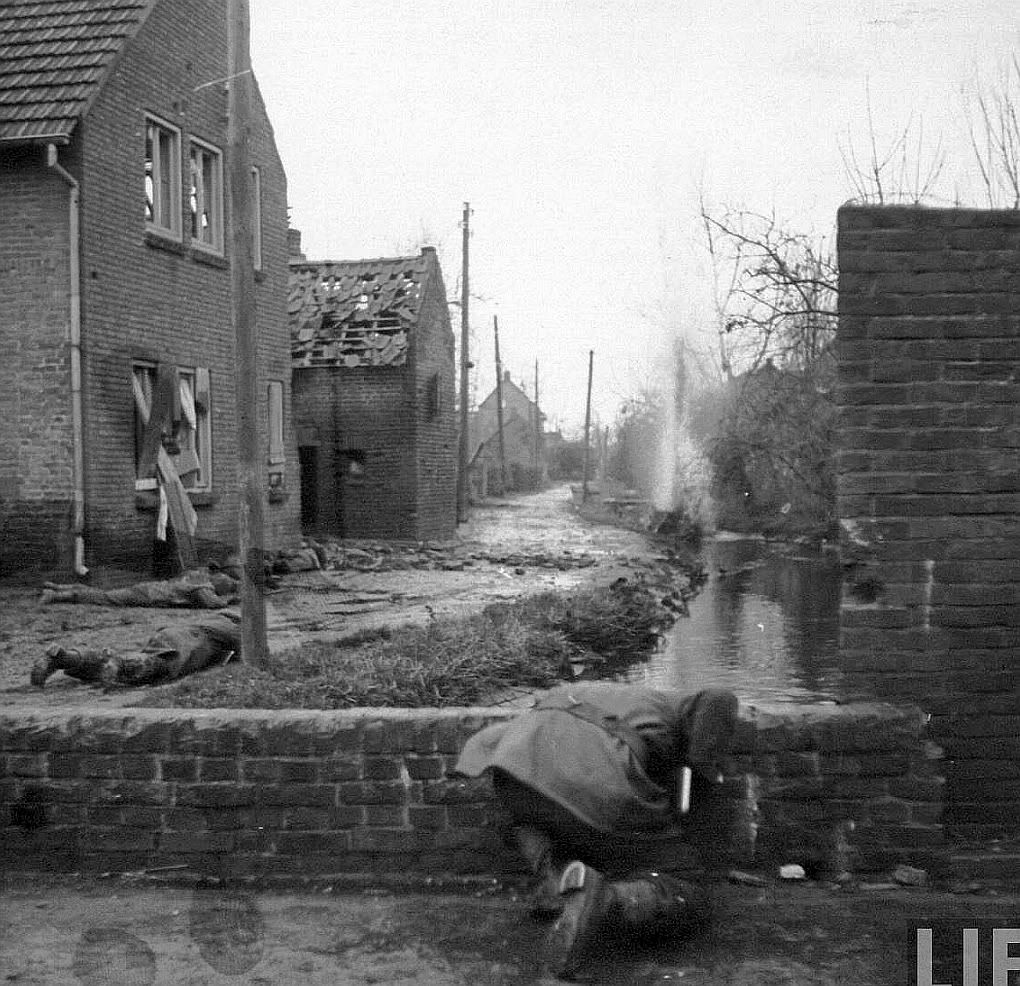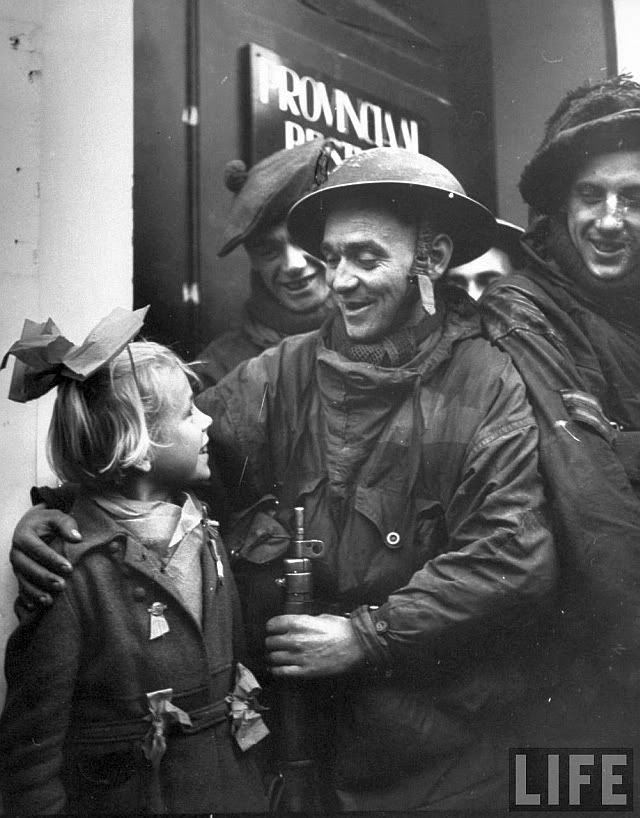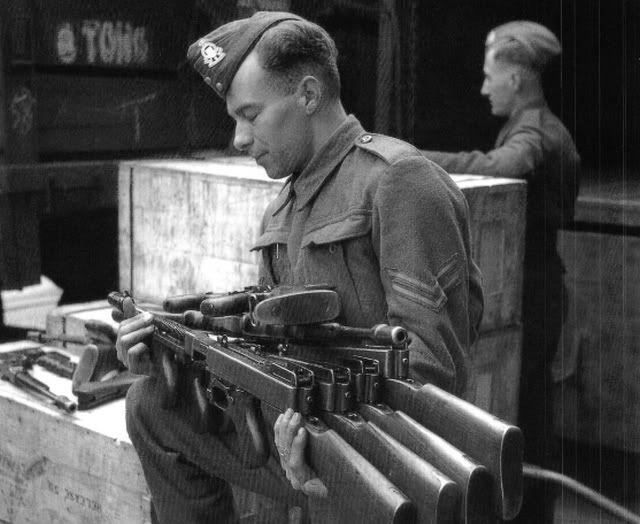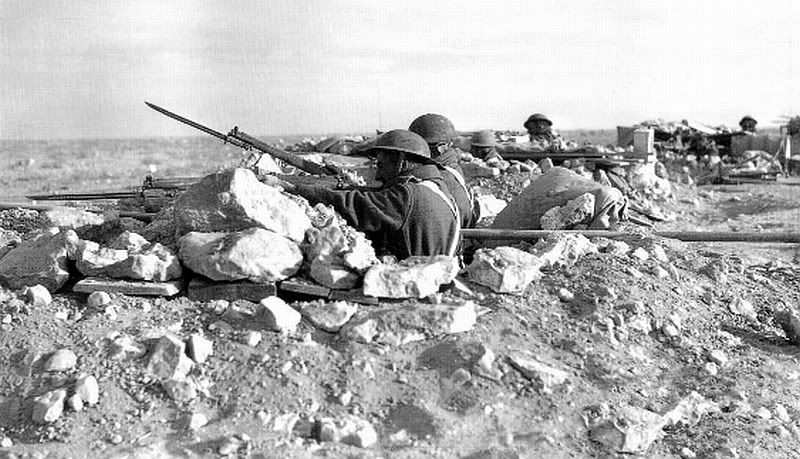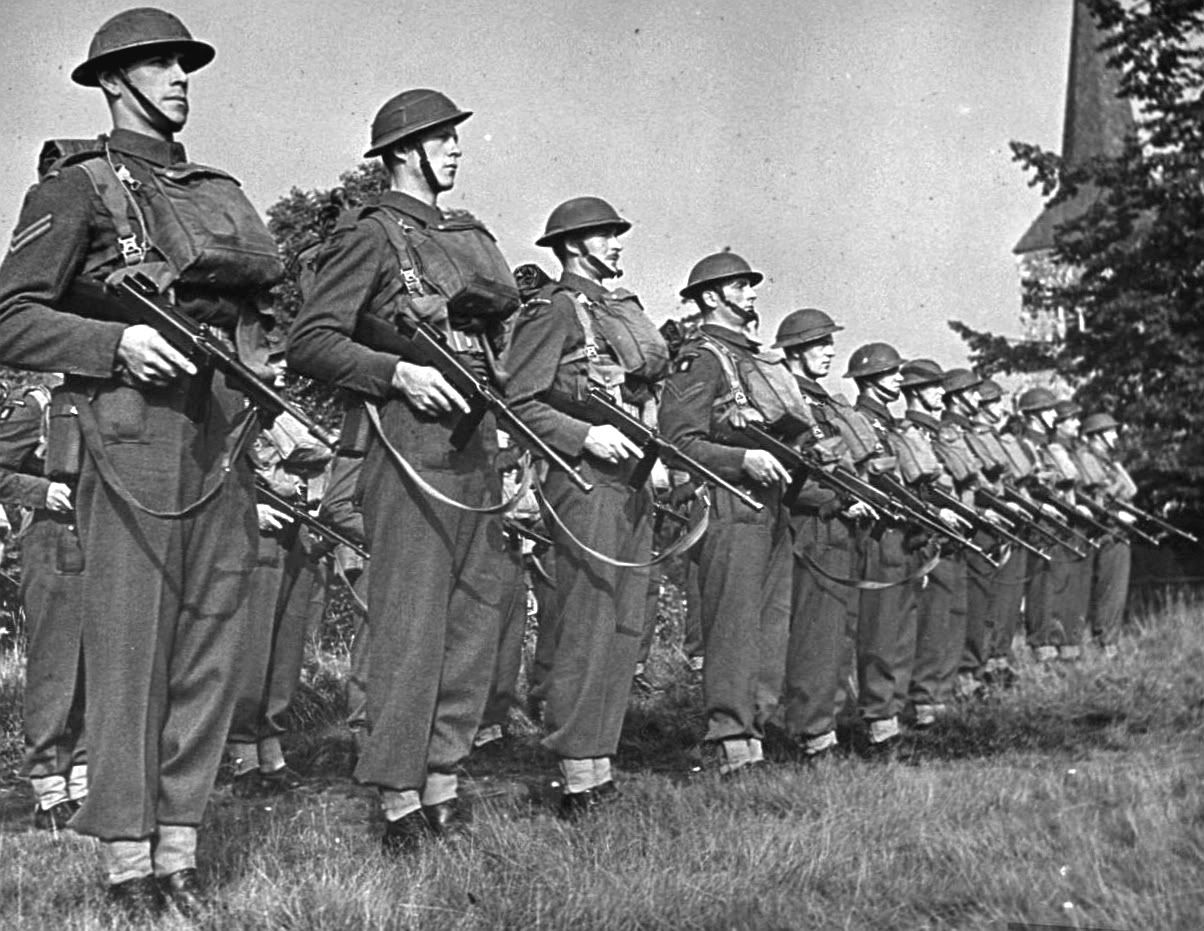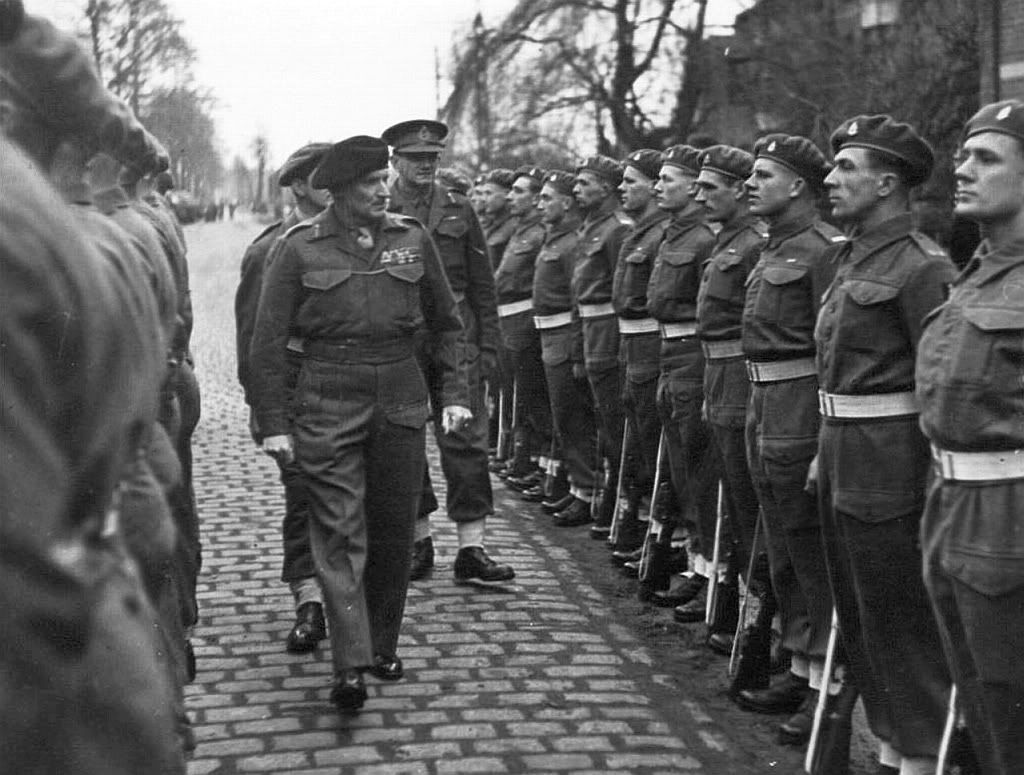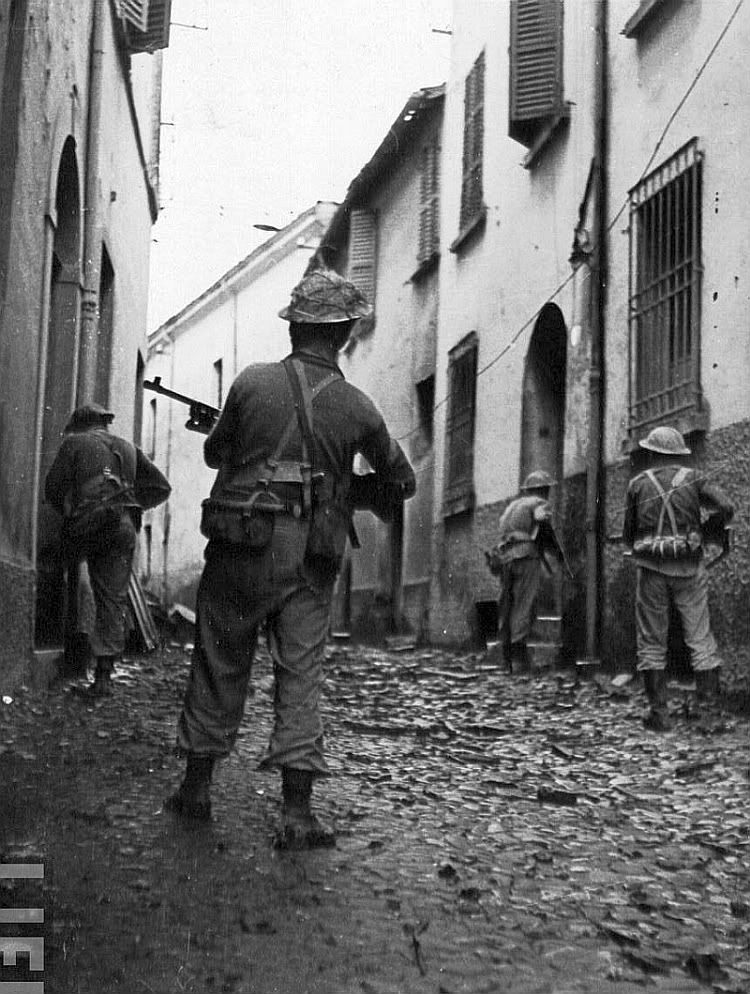You are using an out of date browser. It may not display this or other websites correctly.
You should upgrade or use an alternative browser.
You should upgrade or use an alternative browser.

Did anyone ever fire a Spigot in anger?
In Aberdeen we had them defending the city in case of invasion.
This metal 'spider' structure is all that remains of the spigot mortar post, which would have defended the Bridge of Dee, a major entry point to Aberdeen from the south. This is one of three that survive in Aberdeen today.
During 1941 the Army were issued with the Spigot Mortar, also called the Blacker Bombard, after its inventor Lieutenant-Colonel L.V.S. Blacker.
The mortar was issued with a solid mounting to improve accuracy. The metal spider structure acted as reinforcement and would have been covered by an external concrete pedestal. The mount was sunk below ground level, providing extra cover. The mortar sat on a protruding stainless steel pivot and plate. Often there would also be an adjoining l- shaped trench to provide additional defence.
It would have been manned by a crew of three and was a 29mm close range weapon that could fire a 20lb/9.1 kg anti tank projectile. Theoretically it could fire 15-20 rounds a minute, but due to the amount of smoke produced after the first it became known as the 'one shot and that's it' weapon.
Last edited by a moderator:
A closer look at the Home Guard 'heavy' weapons-
The Spigot Mortar (aka Blacker Bombard) was the forerunner of the PIAT but 10 times bigger and heavier; it fired a finned AT-bomb out to an effective range of 100 metres, or an HE finned bomb to 500m.
A number were also issued to the Regular Army and destroyed at least one German tank at Tobruk, but it was cumbersome when mounted on legs, and immobile when mounted on a fixed base and was later phased out when the smaller lighter PIAT was introduced.
The Spigot Mortar (aka Blacker Bombard) was the forerunner of the PIAT but 10 times bigger and heavier; it fired a finned AT-bomb out to an effective range of 100 metres, or an HE finned bomb to 500m.
A number were also issued to the Regular Army and destroyed at least one German tank at Tobruk, but it was cumbersome when mounted on legs, and immobile when mounted on a fixed base and was later phased out when the smaller lighter PIAT was introduced.
Last edited by a moderator:
The Grenade Launcher (aka Northover Projector) was designed specifically for the Home Guard and was a simple drainpipe on legs that hurled an AT or HE grenade out to about 200 metres, but being a direct-fire weapon the crew were exposed to return fire (unlike the smaller handier 2" light mortar used by the Regular Army)
The AT-grenade fired by the Launcher was a shaped-charge projectile and exploded on impact. (charge to left, fins to right). The fusing pin to the rear of the fins was pulled before firing.
The AT-grenade fired by the Launcher was a shaped-charge projectile and exploded on impact. (charge to left, fins to right). The fusing pin to the rear of the fins was pulled before firing.
Last edited by a moderator:






































